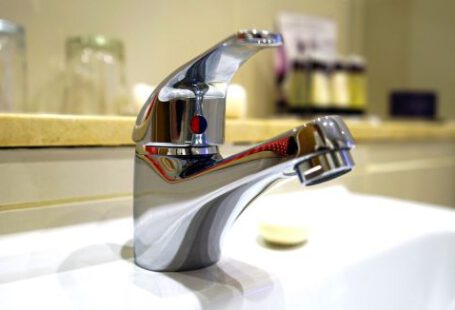Green building practices have gained significant importance in recent years as more and more people are becoming aware of the need to conserve resources and protect the environment. One essential aspect of green building is the implementation of proper plumbing systems that are in compliance with the plumbing codes. Plumbing codes play a crucial role in ensuring the safety, efficiency, and sustainability of plumbing installations in green buildings. In this article, we will explore the importance of plumbing codes in green building and how they contribute to the overall success of sustainable construction.
Ensuring Safety and Health
One of the primary purposes of plumbing codes is to ensure the safety and health of the building occupants. Green buildings aim to provide a healthy and comfortable indoor environment, and the plumbing system plays a vital role in achieving this goal. Plumbing codes specify the minimum standards for plumbing installations, including the materials used, proper venting, and waste disposal systems. By adhering to these codes, green buildings can prevent the risks of water contamination, leaks, and other potential hazards that can compromise the health and well-being of the occupants.
Conserving Water
Water conservation is a key objective of green building, and plumbing codes play a significant role in achieving this objective. Plumbing codes often include provisions for water-efficient fixtures and appliances, such as low-flow toilets and faucets. These fixtures are designed to minimize water consumption without compromising performance. By following the plumbing codes, green buildings can significantly reduce water usage, leading to substantial water savings and a positive impact on the environment.
Promoting Energy Efficiency
Energy efficiency is another crucial aspect of green building, and plumbing codes contribute to this goal as well. Plumbing codes often include requirements for properly insulating hot water pipes and using energy-efficient water heaters. By complying with these codes, green buildings can minimize heat loss and reduce energy consumption. This not only helps in conserving energy but also leads to lower utility bills for the building owners and occupants.
Preventing Water Pollution
Green buildings prioritize the protection of natural water resources, and plumbing codes help in achieving this objective by preventing water pollution. Plumbing codes specify the proper methods for waste disposal and drainage systems, ensuring that wastewater is treated and disposed of in an environmentally responsible manner. By following these codes, green buildings can avoid contaminating water sources and contribute to the overall sustainability of the ecosystem.
Supporting Sustainable Design
Plumbing codes also play a crucial role in supporting the overall design and implementation of green building projects. These codes provide guidelines for the proper sizing and layout of plumbing systems, ensuring that they are designed to be efficient and effective. By adhering to these codes, green building professionals can ensure that the plumbing installations are compatible with other sustainable design elements, such as rainwater harvesting systems and greywater recycling.
Conclusion
In conclusion, plumbing codes are an integral part of green building practices. They ensure the safety, efficiency, and sustainability of plumbing installations in green buildings. By following these codes, green buildings can provide a healthy indoor environment, conserve water, promote energy efficiency, prevent water pollution, and support sustainable design. Plumbing codes are a vital tool for architects, engineers, contractors, and building owners to ensure that their green building projects are successful and contribute to a more sustainable future.



